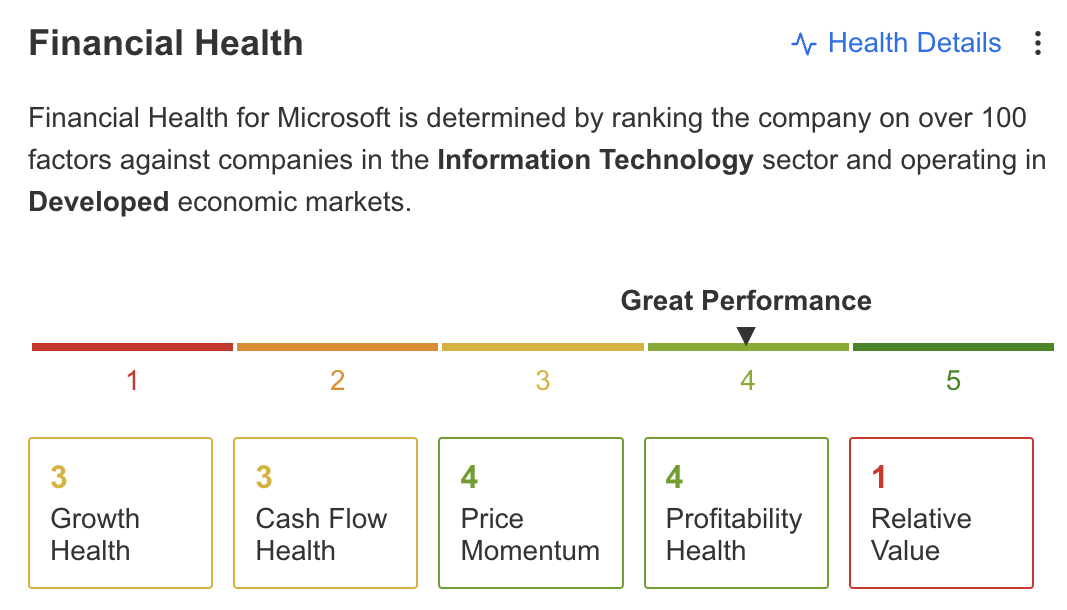- Alphabet and Microsoft posted strong earnings, but the market’s response varied.
- Alphabet’s cloud division grew by 28%, while Microsoft’s Azure had slower growth at 26%.
- Both companies are focusing on AI advancements, with Microsoft’s operating income increasing by 21% and Alphabet investing in AI features and TPU accelerator chips.
Last night, both Microsoft (NASDAQ:) and Alphabet (NASDAQ:) (NASDAQ:) delivered the solid earnings numbers bulls were counting on. While the Bill Gates-founded giant topped analysts’ , the Google parent company did it by a slightly wider .
However, despite the seemingly favorable outlook for both companies, the market’s response to each of the reports was starkly divergent.
Alphabet popped roughly 6% in after-hours trading as Microsoft slumped by 4%. Given the sizes of the companies, the results led the overall indexes to trade on a negative note ahead of the Fed’s big announcement later today.
Obviously, one of the reasons for the market’s reaction is sheer price performance this year. Amid H1’s AI buzz, the Google parent company’s stock experienced slower growth expectations from investors, setting it apart from other major tech giants, trading further away from its 52-week high than the competition.
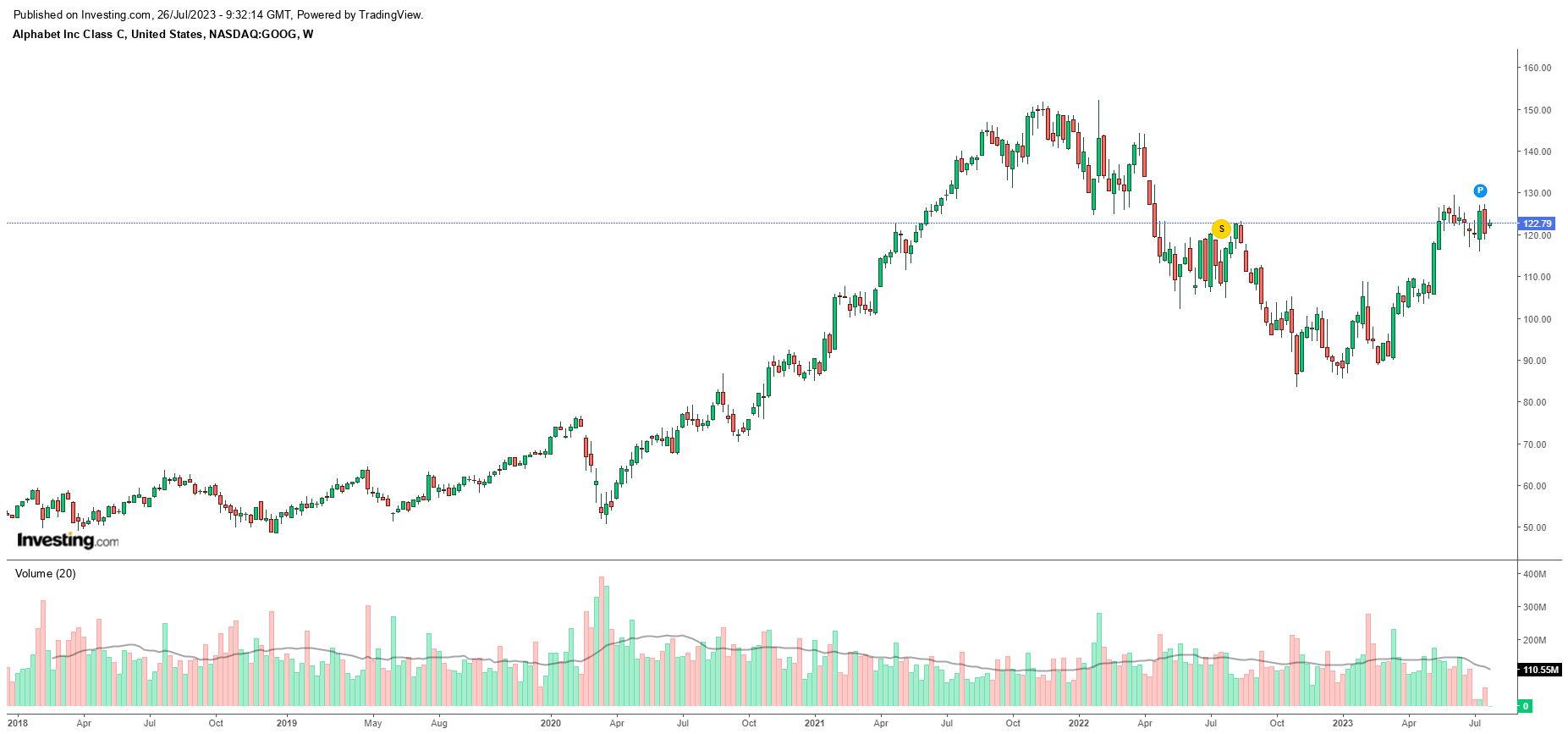
Microsoft, on the other hand, hit an all-time high just last week and looked poised for a sell-off going into earnings.
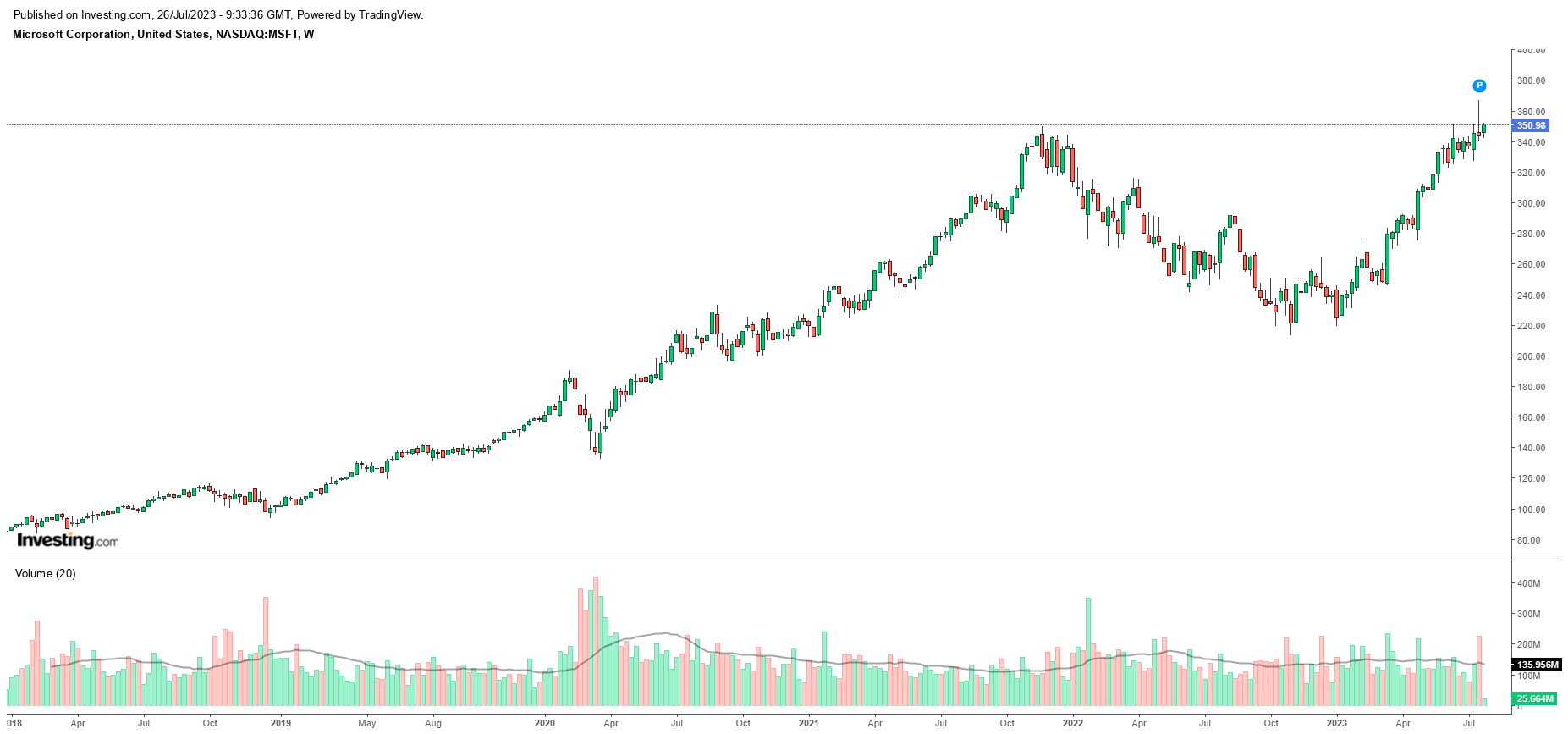
Moreover, the Mountain View, California-based search engine behemoth also announced that its CFO, Ruth Porat, will assume the newly established position of President and Chief Investment Officer of the company. Investors positively received the news, as it portrayed the message that despite the positive numbers in Q2, the company aims to remain committed to financial efficiency in the new growth cycle after last year’s slump.
However, as we delve deeper into both earnings reports from last night, the question that pops into our minds is, “Is the market’s reaction just a spur-of-the-moment thing, or has the market mispriced these companies?”
A closer look into the reports can help us answer that question.
Cloud
Contrary to what many analysts were predicting, the main topic of the night wasn’t exactly AI — but rather the impressive growth of Alphabet’s cloud division at the expense of Microsoft’s Azure.
Google’s cloud unit, encompassing infrastructure and productivity apps, witnessed a notable 28% growth in revenue. This division, which achieved profitability in the first quarter on an operating basis, reported a significant operating income of $395 million in the second period, marking a remarkable turnaround from the $590 million loss reported a year ago.
Meanwhile, revenue from Microsoft’s Azure and other cloud services experienced a slower 26% year-over-year growth, showing a slight 1% decrease compared to the previous quarter. Notably, Azure’s growth has seen a sequential decline since at least Q3 2022, becoming a focal point for investors as companies reduce capital expenses due to rising interest rates.
To make matters worse, Microsoft CEO Satya Nadella said during the company’s earnings call that the company can’t guarantee that the cloud revenue growth drop has bottomed.
“Still early innings of the cloud migration itself, so there’s a lot there still,” said the CEO.
AI
As we move into the second half of the year, the general outlook is that tech giants will have to start delivering palpable results for the massive sums of cash deployed into AI from both investors and companies.
And truth be told, in spite of the market’s reaction, Microsoft did deliver very positive results in that field. In fact, the intelligent cloud segment, which includes a significant portion of Microsoft’s current AI offerings, saw a substantial 21% year-over-year increase in operating income.
Moreover, CEO Nadella used the earnings call to ensure investors that exciting new AI features are on the way in the next quarter:
“We remain focused on leading the new AI platform shift, helping customers use the Microsoft Cloud to get the most value out of their digital spend and driving operating leverage.”
The CEO also ensured investors that the newly introduced technology contributed 1% point to the growth of its Azure cloud platform in the most recent quarter and is expected to add 2% points in the current period.
On the other hand, Microsoft Chief Financial Officer Amy Hood stated that the revenue boost from new AI services into Office software, like the upcoming co-pilot features, is not expected to show up in earnings before next year.
Alphabet, meanwhile, told investors it would use the better-than-expected margins to expand its data center capacity and make substantial investments in developing its own TPU accelerator chips.
Nonetheless, both companies are also expecting a more difficult growth outlook in H2 due to higher interest rates and have promised to remain focused on financial efficiency to keep delivering healthy margins.
Financials
Despite the negative reaction to Microsoft’s earnings, the reality is that company had another blowout quarter and looks poised to keep delivering healthy margins in the long haul.
For the three-month period ending June 30, the Redmond, Washington-based company posted sales of $56.2 billion and earnings per share at $2.69. These figures surpassed consensus estimates of $55.5 billion in revenue and $2.55 earnings per share.
Moreover, in the past 12 months, Microsoft experienced a notable 21% increase in its overall revenue, while its net income also surged by 8%. The company also witnessed substantial growth in profits, which rose by 10%, and sales increased by 6% compared to the previous quarter.
Alphabet’s fundamentals also appear remarkably resilient. However, on a positive note when compared to Microsoft, the company seems to be gathering more positive momentum.
In the second quarter, earnings per share came in at $1.44, beating the expected $1.34 per share (adjusted). Additionally, the company’s revenue reached $74.6 billion, surpassing market expectations of $72.82 billion.
The performance of specific segments was also impressive, with YouTube ads generating $7.67 billion compared to an expected $7.43 billion. Moreover, traffic acquisition costs amounted to $12.54 billion, slightly higher than the expected $12.37 billion, according to StreetAccount. Overall, GOOGL’s second quarter revenue increased by 7% to $74.6 billion from $69.7 billion in the year-earlier period.
Looking at InvestingPro, it’s clear that Alphabet’s current market pricing offers a much more compelling investment case than Microsoft’s at current levels. While both companies display the exact same excellent financial health score (see below):
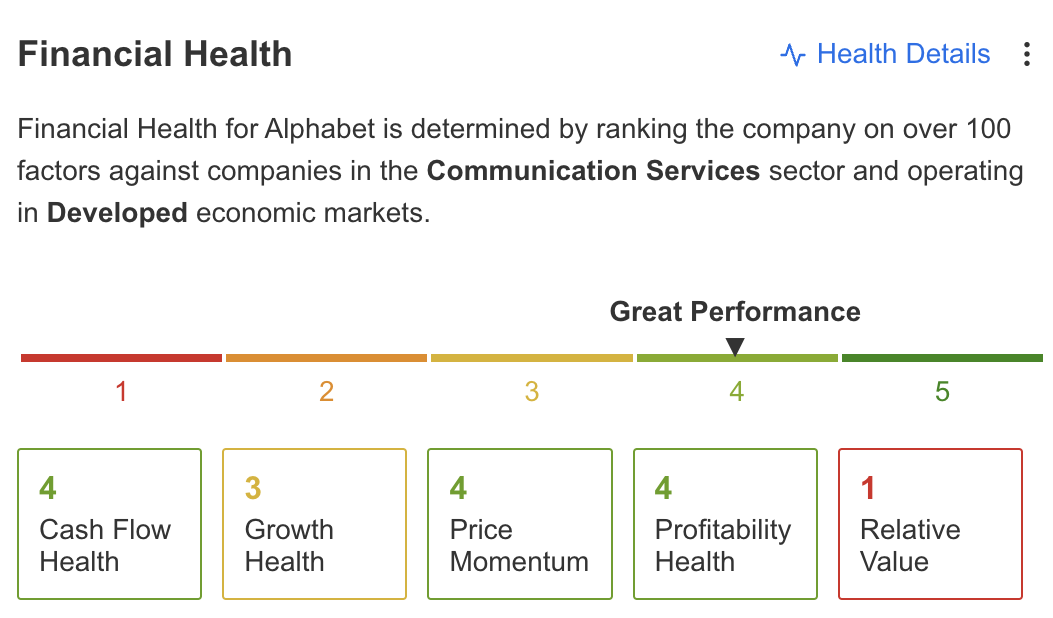
Source: InvestingPro
– the Google-parent company has greater upside potential over the next 12 months.
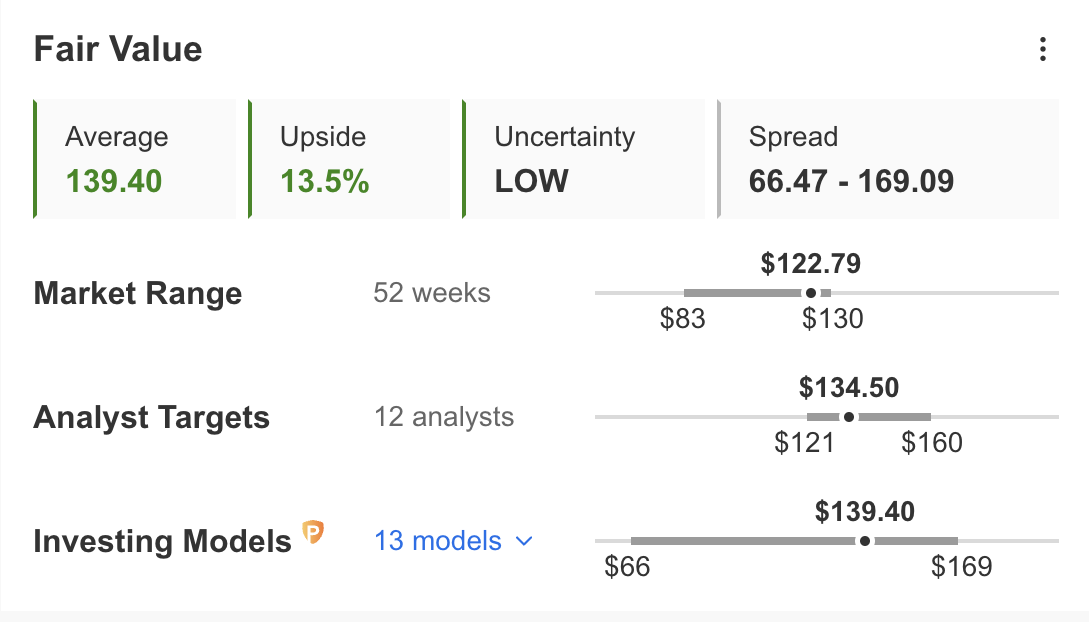

Source: InvestingPro
Moreover, the search engine giant has a much more attractive PE ratio, which appears likely to remain stable over the next few quarters as the company aims to maintain financial resilience under the new management. Alphabet also presents a much more compelling case in terms of its price-to-book, price-to-sales, and total debt/capital ratios.
Source: InvestingPro
Bottom Line
In spite of the market’s immediate reaction, both Microsoft and Google remain two of the best stocks to own for the long haul.
However, buying Microsoft at current levels could prove an investment that takes longer to play out than Alphabet due to the company’s extended metrics and high expectations, particularly in the AI space.
Hence, those looking for a quicker return should have a better time buying the search engine giant at current levels.
Finally, we must note that none of these stocks are exactly short-term bets, as their metrics remain highly extended, especially in the face of higher interest rates. Investors looking to take positions in either of the companies are advised to wait for a broader market dip to scoop up shares at better prices.
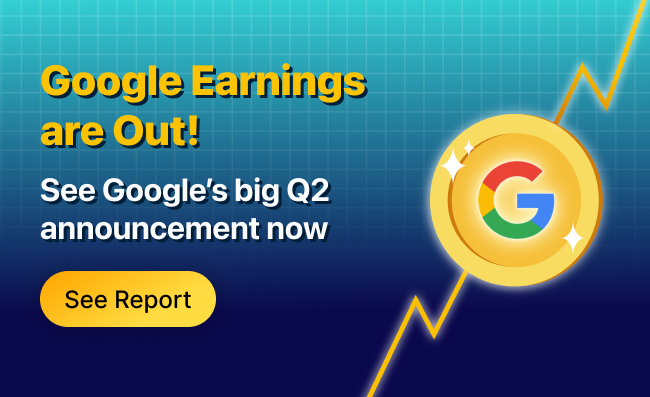
Get the Full Data Here
***
Disclosure: The author is long on both GOOGL and MSFT.
คำแนะนำการอ่านบทความนี้ : บางบทความในเว็บไซต์ ใช้ระบบแปลภาษาอัตโนมัติ คำศัพท์เฉพาะบางคำอาจจะทำให้ไม่เข้าใจ สามารถเปลี่ยนภาษาเว็บไซต์เป็นภาษาอังกฤษ หรือปรับเปลี่ยนภาษาในการใช้งานเว็บไซต์ได้ตามที่ถนัด บทความของเรารองรับการใช้งานได้หลากหลายภาษา หากใช้ระบบแปลภาษาที่เว็บไซต์ยังไม่เข้าใจ สามารถศึกษาเพิ่มเติมโดยคลิกลิ้งค์ที่มาของบทความนี้ตามลิ้งค์ที่อยู่ด้านล่างนี้
Source link




